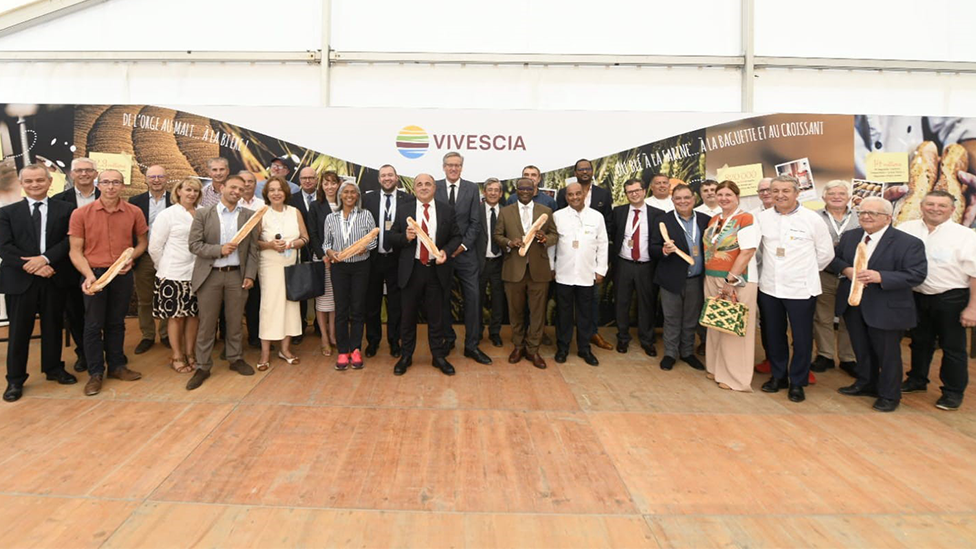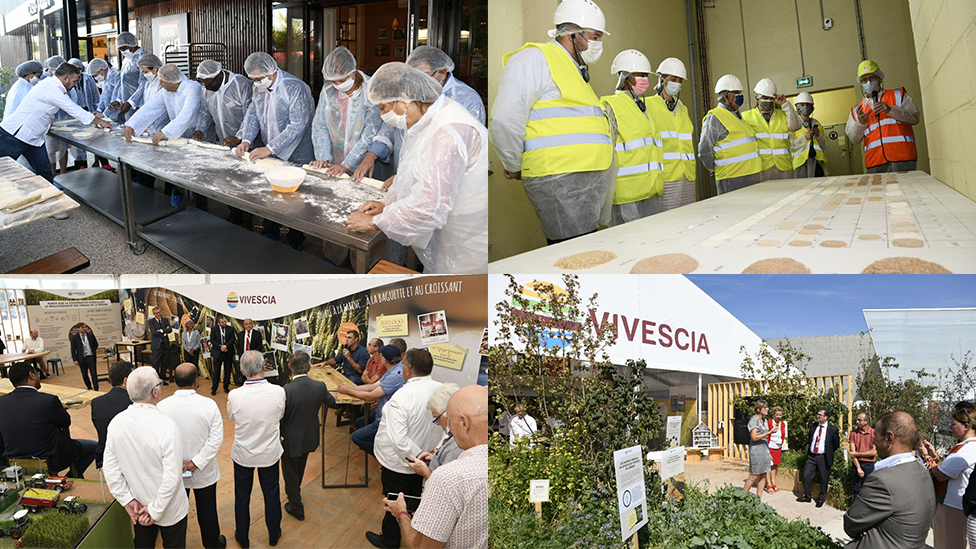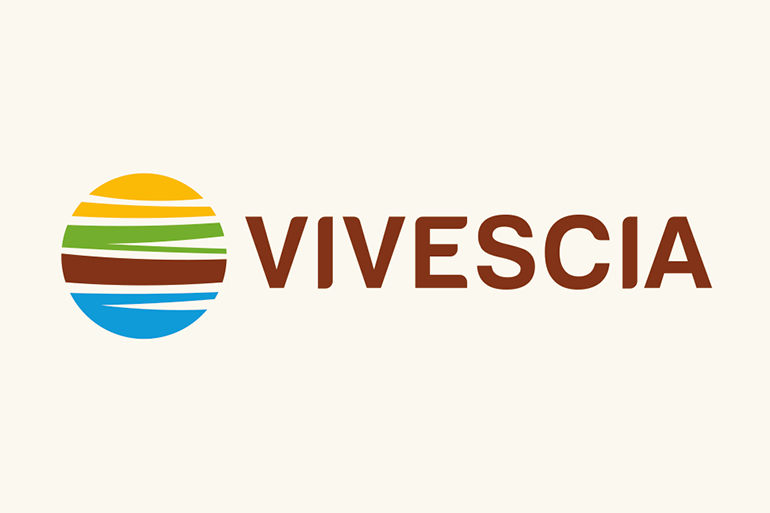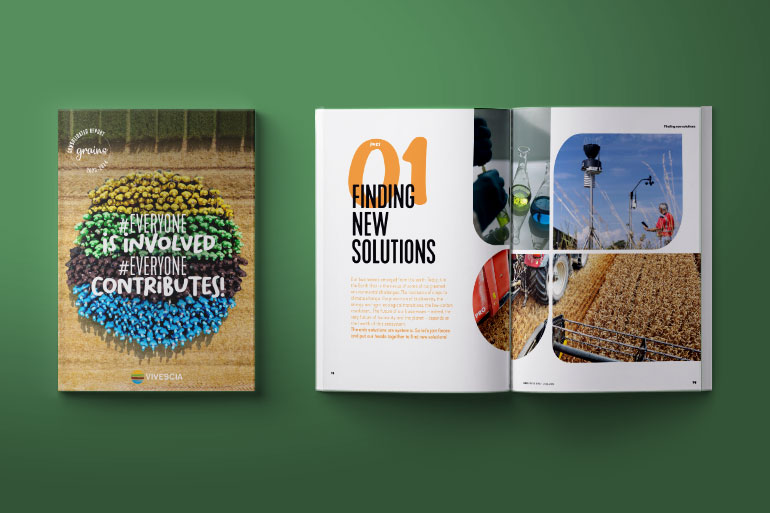
VIVESCIA and Grands Moulins de Paris welcome UNESCO today to celebrate the baguette!
At the end of March, France, in the person of its Minister for Culture, Roselyne Bachelot, chose the baguette as a candidate for UNESCO’s Intangible Cultural Heritage (ICH) Lists. UNESCO’s ambassadors, who are currently examining this application, were invited to visit the Châlons-en-Champagne agricultural fair, which is held every year in a centre of excellence for wheat farming.
With the collaboration of VIVESCIA Group; its cooperative and its milling company, Grands Moulins de Paris; as well as the President of the French National Bakery and Pâtisserie Confederation (CNBPF), Dominique Anract, who was behind this application, a programme was devised to discover the baguette and all the know-how related to it, through every link in the chain… from the farmer to the baker!

To be eligible for a UNESCO ICH list, applicant practices or know-how must be recognised as being part of a community’s cultural heritage, passed down from generation to generation, and conveying a sense of identity and continuity. Inextricably linked to French identity, and an integral part of our everyday lives, the baguette seems to be the perfect candidate!
On Tuesday 7 September, the UNESCO delegation (comprising 12 international ambassadors, all permanent delegates of the organisation, including her excellence Véronique Roger-Lacan for France) were welcomed by VIVESCIA Group, the cooperative and its milling company, Grands Moulins de Paris. “It’s an honour to provide our contribution to this wonderful initiative to add the baguette to UNESCO’s Intangible Cultural Heritage List. It’s also an acknowledgement of all the men and women who cultivate excellence – from the seed to the baguette – in this region. Know-how, passion, cultural transmission and taste – that’s what the French baguette is about, and it’s unique!”, exclaimed the President of VIVESCIA Cooperative Group, Christoph Büren.
This morning, the idea was to give the UNESCO delegation a demonstration of the know-how that makes the baguette a unique product, through encounters and discussions with industry stakeholders working on the ground. So, after watching Reims-based baker Mr Nabil Sbai (from “La Case à Pain”) demonstrate how baguettes are made, and enjoying the fruits of his labour, the delegation travelled to Grands Moulins de Paris’s Reims mill to learn more about its 100-year history and know-how. At the end of the morning, the delegation travelled to the “VIVESCIA village” at the Châlons-en-Champagne agricultural fair (the second largest agricultural fair in France), to meet some of the farmers of VIVESCIA Cooperative, which now has 10,500 members.
“Although the baguette contains very few ingredients, it’s how these raw materials are selected and expertly combined by passionate men and women that makes it such an incredible product”, underlines the Managing Director of Grands Moulins de Paris, Pierre Garcia. “We are proud to be part of this human chain, to be able to highlight the importance of this symbol of our French heritage – which is the envy of the world – as well as perpetuate this tradition, whether it be through our customers or the Paris Bakery and Pâtisserie School”.

Several personalities were also present to support this application, including Guillaume Gomez, who is a personal representative of the Head of State, promoting French gastronomy in France and around the world.
Bakers need patience to prepare their dough, as do millers to select and mill their grain and farmers to cultivate and harvest their crops; likewise, patience will also be necessary while we wait for UNESCO’s final decision, which will be delivered in the autumn of 2022.



